Introduction
Businesses are increasingly recognizing their role in promoting a more sustainable future. While large corporations often garner the most attention for their sustainability initiatives, small and medium-sized enterprises (SMEs) play a crucial role in driving positive change. In fact, SMEs comprise the backbone of the global economy, accounting for a significant portion of employment and economic activity. Despite their impact, SMEs often face challenges in implementing sustainability practices. This can be attributed to a lack of resources, expertise, and awareness. However, with the right guidance and support, SMEs can effectively integrate sustainability into their operations, not only contributing to a more sustainable planet but also capitalize on the many benefits of sustainable business practices. This guide will walk you through a five-step process to help your SME embark on its sustainability journey.
Summary
- Get the decision makers on board: securing buy-in from top management is crucial to ensure sustainability initiatives are fully integrated into the company's strategy and resource allocation.
- Assess your organization's impact: conduct a thorough assessment of your business's environmental and social footprint to identify areas for improvement. This will help you prioritize initiatives and set realistic goals.
- Set targets and implement a tracking system: establish clear and measurable sustainability goals aligned with your company's overall objectives. Implement a robust tracking system to monitor progress and make adjustments as needed.
- Distribute responsibility, accountability, and budget: clearly define roles and responsibilities for sustainability within the organization. Assign accountability to individuals or teams for specific initiatives and allocate adequate funding to support these efforts.
- Repeat and continuously improve: sustainability is an ongoing process. Regularly review your performance, identify areas for further improvement, and adapt your strategies accordingly.
Step 1: Get the decision makers on board
The journey towards sustainability begins with a collective commitment from the top leadership. Engage decision-makers within your organization in conversations about the value of sustainability. Highlight the long-term benefits, including cost reductions, increased market competitiveness, and positive contributions to the community and environment. Once leadership is on board, it becomes easier to drive meaningful change throughout the organization. To understand the ‘why’ of sustainability action better we’ve written this knowledge article.
Step 2: Assess your organization’s impact
To create an effective sustainability strategy, you must first understand your organization's current environmental impact. Conduct a thorough assessment of your operations, supply chain, and overall practices. In practice a Scope 1-2-3 assessment of your companies Greenhouse Gas Emissions is a logical first step. The assessment includes evaluating energy consumption, waste generation, and resource usage. Collaborate with experts or use available tools to measure your carbon footprint. This assessment provides a baseline for setting realistic goals and benchmarks for improvement. If you want to take a first step to calculate your company emissions, you can use our free tool to calculate your company carbon footprint.
Step 3: Set targets and implement tracking systems
Once you have a clear understanding of your organization's impact, it is time to set targets. To achieve maximum insights and results, establishing specific, measurable, achievable, relevant, and time-bound (SMART) sustainability targets is a best practice. These goals should align with your overall mission and values. This tracking system should be robust and accessible and adopted by all relevant stakeholders, in order to monitor progress towards these targets. Once you start, it is important to regularly review and update your sustainability metrics, ensuring that your organization remains on track and accountable for its sustainability commitments.
Step 4: Distribute responsibility, accountability, and budget
Sustainability is a collective effort that requires the involvement of every stakeholder within your organization. What often works well is to create a ‘Green Team’ with a diverse mix of roles, backgrounds and seniority levels. Assigning responsibilities and accountabilities for various aspects of your sustainability plan is a crucial step. Once this is combined with a dedicated budget for the SMART sustainability targets, you have got the two main elements to start the actual task at hand. By involving the right persons and allocating the necessary resources, you create a culture of shared responsibility and commitment to sustainability goals.
Step 5: Repeat and continuously improve
Sustainability is an ongoing journey, not a one-time effort. Regularly revisit and reassess your sustainability targets, responsibilities, and budgets. Analyze the outcomes of your initiatives, learn from successes and failures, and adjust your approach accordingly. Solicit feedback from employees, customers, and other stakeholders to gain diverse perspectives. Continuous improvement is key to making sure you maximize impact and keep your eyes on the bigger picture. To gain further knowledge on what a sound sustainability strategy looks like read this article.
Conclusion
Embarking on a sustainability journey is a strategic decision that can bring about positive change for both SMEs and the broader community. By getting decision-makers on board, assessing your impact, setting targets, distributing responsibility, and continuously improving, your organization can contribute to a more sustainable future while reaping the benefits of enhanced reputation, cost savings, and a competitive edge. To learn more about why you should have a sustainability strategy, you can read this knowledge article. Remember: sustainability is not just a goal; it's a mindset and a responsibility we all share. As you implement these steps, remember that every positive change, no matter how small, contributes to the collective effort to create a more sustainable earth for generations to come.



